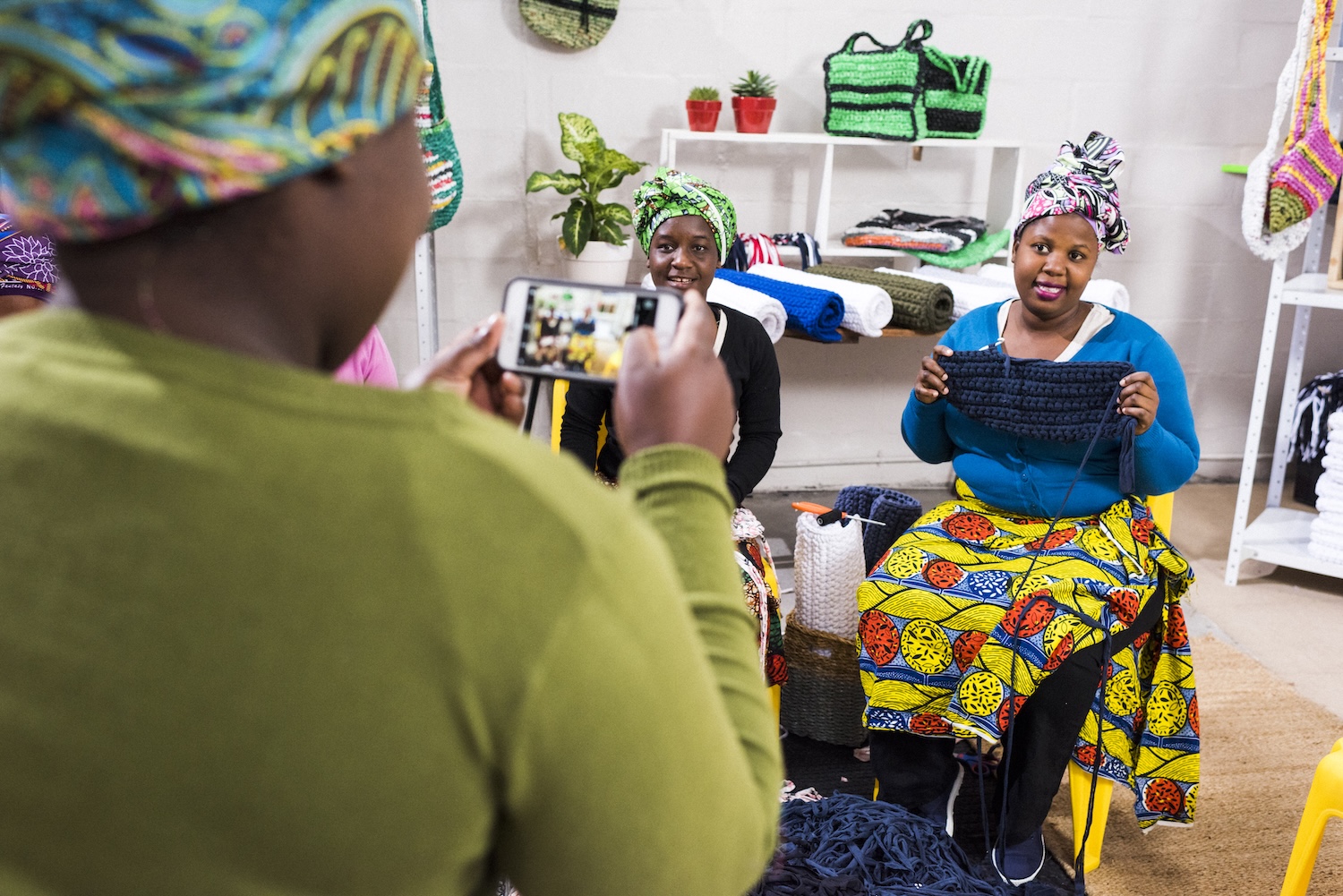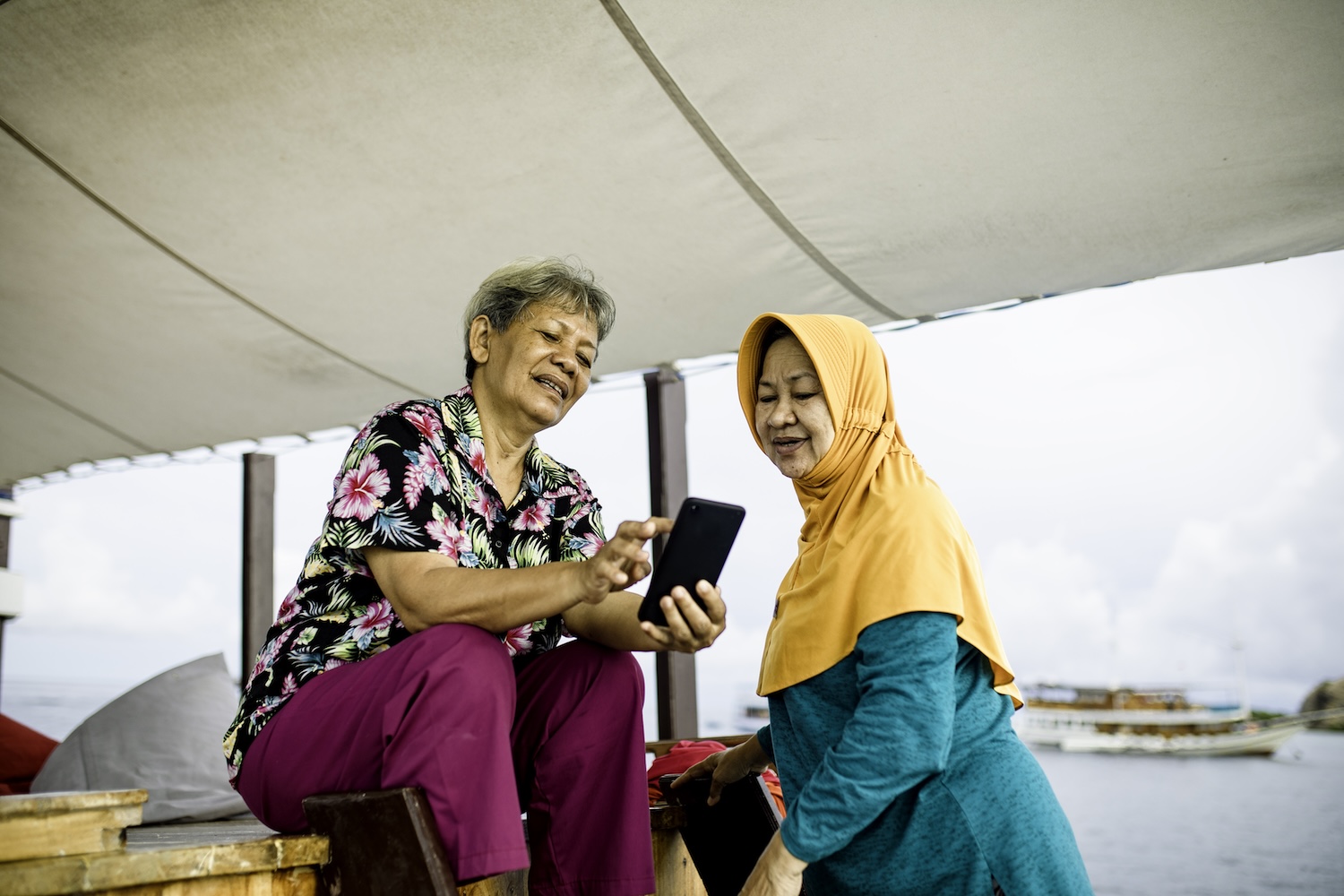Connecting the dots between the cybersecurity challenges of today and the topics that matter to you.
Join us for the 9th annual Aspen Cyber Summit in Washington, DC, on September 18!
Connecting the dots between the cybersecurity challenges of today and the topics that matter to you.
Join us for the 9th annual Aspen Cyber Summit in Washington, DC, on September 18!

As the first step of redesigning and updating our programming, I took a 30,000 foot view of our goals and objectives for this initiative. Grounding myself in those intentions, I set out to design programming that would empower our participants to learn and succeed, and that would also allow them to show up as their whole human selves, with all of their unique experiences, perspectives, and questions. Below, I outline some steps I took to achieve this.
Our participants all came from different countries, educational backgrounds, organizations, roles, and experiences. Creating a one size fits all approach would’ve been a recipe for dissatisfaction.
For this reason, I focused on developing a curriculum that allowed everyone to have their needs met by providing different avenues to access info. For example, we had live virtual courses for those who preferred learning live and in a group. We also had Technical Expert consultations for those who preferred diving deep in 1:1 conversations with experts, Mentorship for brainstorming and reflection, and readings for self-paced learning. This allowed us to account for different learning styles, making sure that visual, auditory, and kinesthetic learners were all accounted for.
As important as it is to bring expert faculty to teach on critical topics, it is just as important to encourage participants to learn from each other. As they quickly realized, many of their organizations are experiencing similar challenges and embarking on parallel journeys.
In order to help participants connect with each other, we set up monthly peer learning groups and discussion groups, as well as Slack channels where they could interact and ask questions.
As part of the programming, we made sure to offer both synchronous and asynchronous learning opportunities. This was helpful both from a learning style perspective, but also from an equity perspective.
We had participants over 5 time zones, which meant that some sessions were held at inconvenient times. By also offering asynchronous learning, we limited the number of times learners had to attend sessions at cumbersome times. For live events, we also alternated which time zones had the convenient/inconvenient session times to build equity into the schedule.
We collected information early in the program to learn which topics are of most/least interest to participants, keeping in mind sometimes people don’t know what they don’t know. After all, they are the experts on their own needs, goals, and preferences.
We also made sure we were asking questions about any accessibility accommodations so that we could plan for any needs that arose. For all of our events, we offered live closed captioning. And for our culminating event, we were able to offer live translation into 20+ languages!
Given the amount of activities we were offering to our participants, it became clear to me early on that we needed to launch a Learning Management System (LMS) to have one repository (vs the Zoom recordings, Google Docs, spreadsheets, etc., of the prior year). Launching an LMS allowed us to not only keep things organized for participants but also track their progress and jump in when we saw participation issues.
This particular element was easier said than done! It included checking the calendar of each region involved in our program to make sure there were no activities planned for holidays, understanding regular working days and times of each location, and adjusting for specific organizational needs where possible. For example, one organization had a 20 year anniversary already in the works, so we planned our curriculum to not interfere with their key dates.
DEI is critical to any program design, but it takes on quite a bit of nuance when working in an international context with varied culture norms and expectations. What’s more, there are moments when things can quite literally get lost in translation.
We worked hard to create a space where individuals felt supported not in spite of, but because of the life experiences that they brought. This took on many different shapes, including making sure participants felt themselves represented in a very diverse group of faculty (read more in the faculty section), inviting leadership from participants early in their career journeys, and framing cultural differences as a value-add to our community.

Even the most thoughtful, provocative, responsive plan might as well not exist if you don’t clearly communicate and set expectations for it.

The focus of programming design is often exclusively on the learners, but faculty are also participants who deserve a positive experience.

The evolution of the Digital Equity Accelerator. How we refined and improved our programming – and you can too!